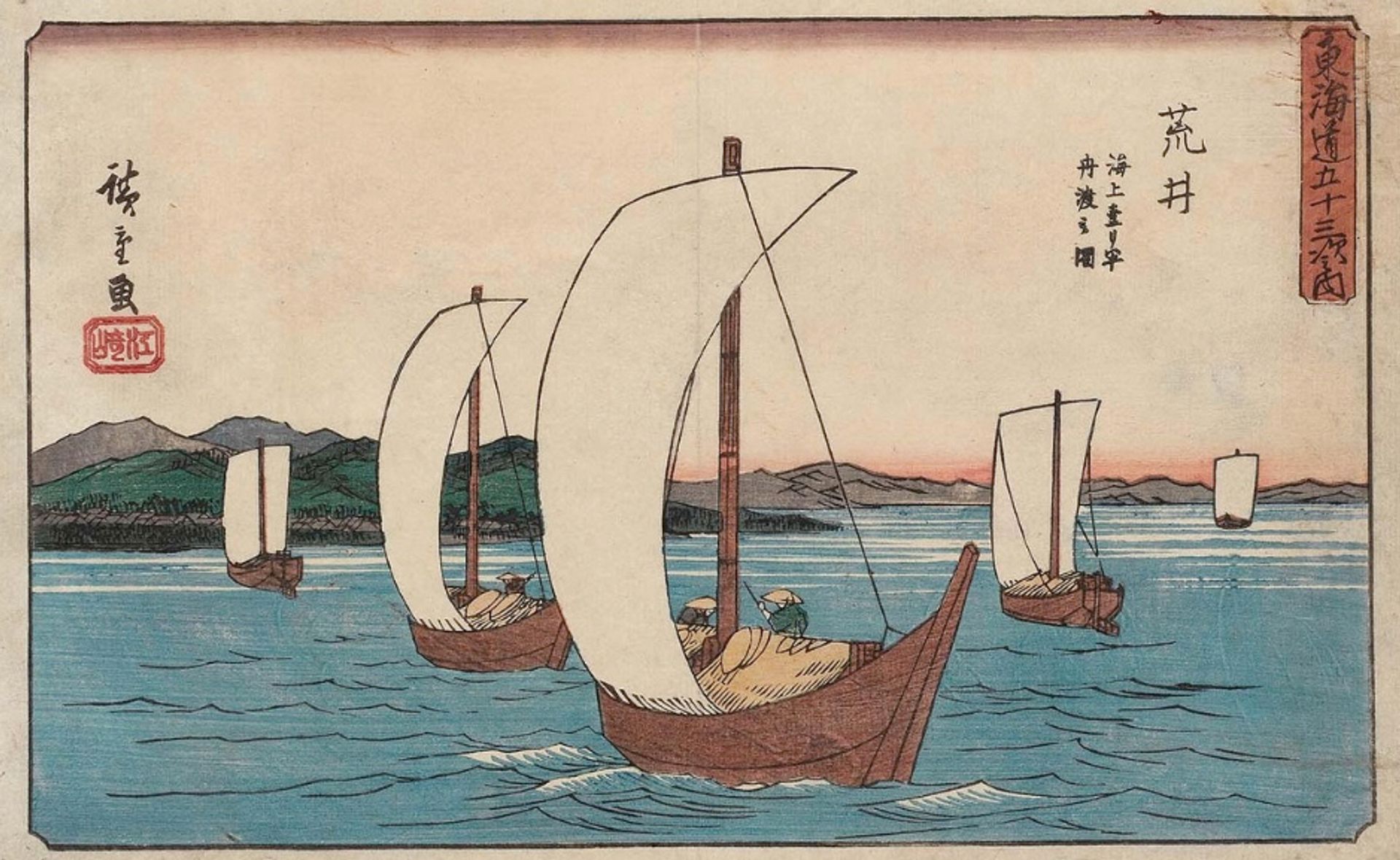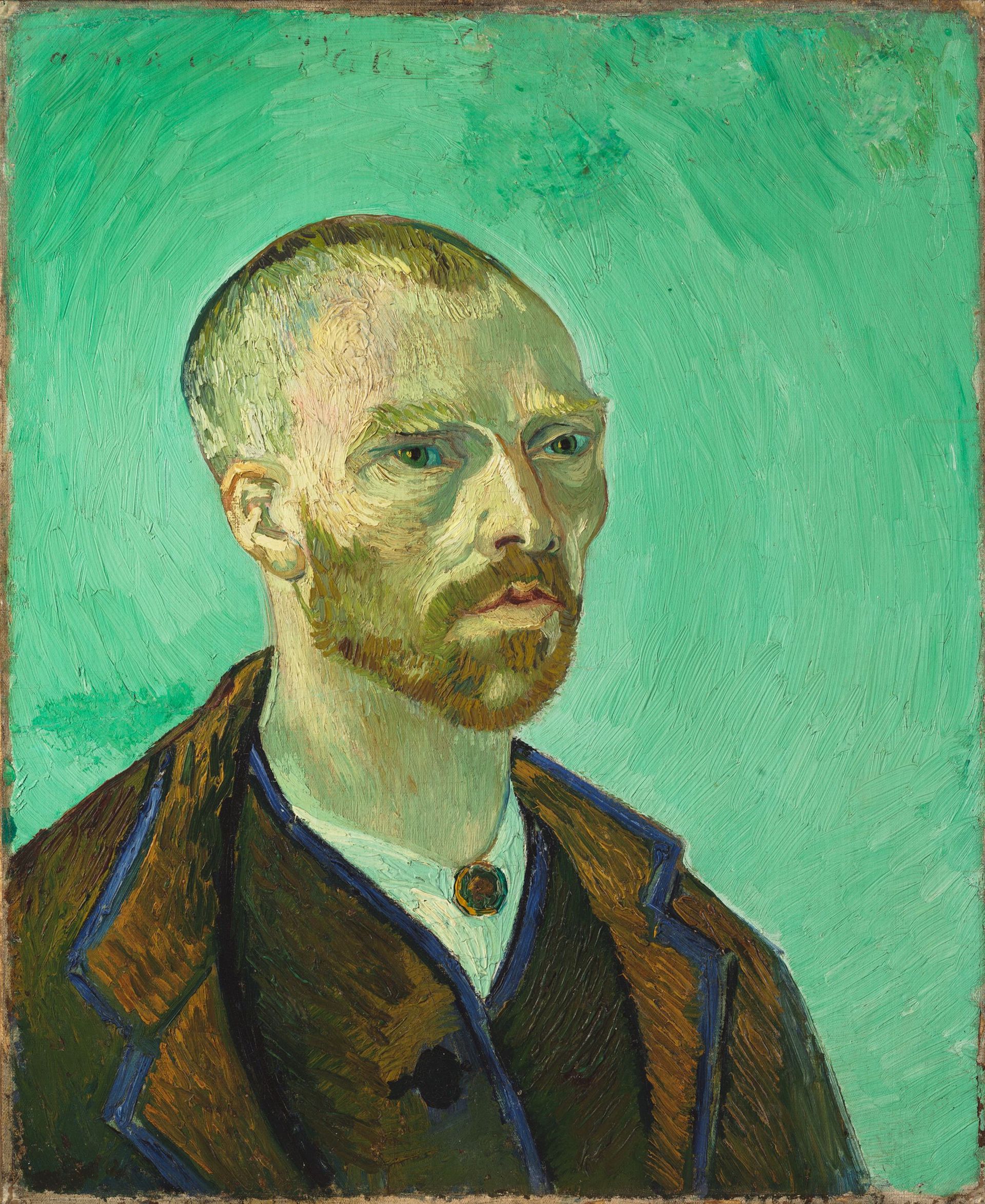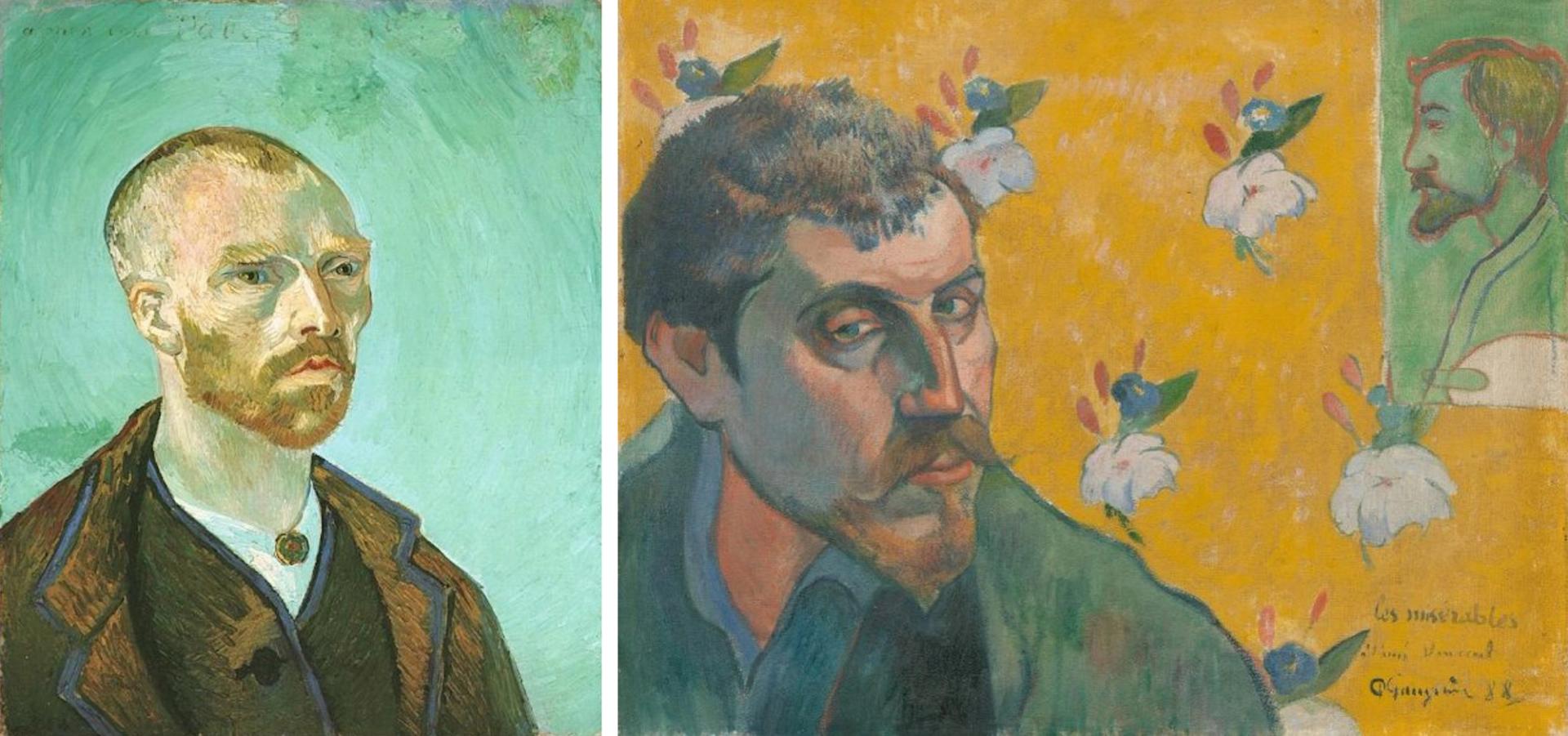When Van Gogh offered to exchange portraits with Paul Gauguin, he awaited the arrival of the painting with immense impatience. What happened turned out to be a disappointment, with Van Gogh concluding that he himself was a better portrait painter than his older, more experienced friend.

by Paul Gauguin Self-Portrait with Portrait of Emile Bernard (Les Miserables) (September 1888)
Credit: Van Gogh Museum, Amsterdam (Vincent van Gogh Foundation)
Gauguin’s story Self-Portrait with Portrait of Emile Bernard (Les Miserables) (September 1888) is told in a new online catalog of works of art collected by Vincent and his brother Theo and now housed in the Van Gogh Museum in Amsterdam.
Joost van der Hoeven, a researcher at the museum, has published notices on the self-portraits of two of Van Gogh’s colleagues, Gauguin and Emile Bernard, made while they were working together in Pont-Aven in Brittany. Van Gogh, then in Arles, initiates the exchange, asking his two colleagues to paint each other’s portraits.
The duo from Pont-Aven take a slightly different approach, with the young Bernard feeling intimidated at the idea of playing Gauguin, 20 years his senior. Instead of portraits of their colleague, they each produced self-portraits, but included small sketches of their colleague in the background.
A few days before the paintings arrived in Arles, Gauguin wrote to Van Gogh saying that he had embodied himself in the character of Jean Valjean, victim of injustice and stranger in Victor Hugo’s novel. Wretched. In the self-portrait, Gauguin’s eyes are lowered, as he peers cautiously into the corner of the composition.
Van der Hoeven maintains that when he opened the packaging, Van Gogh found Gauguin’s depiction “too dark and lacking in spontaneity”. The Dutchman is “fundamentally shocked by the evolution of Gauguin’s art” that year. Writing to Theo, Vincent commented that the self-portrait looked “studied” and excessively elaborate, with Gauguin appearing “sick and tormented”.
Van Gogh had the answer. Gauguin must hurry to come to Arles, so that they can work together in the Yellow House, the small building he rents in Arles. As Vincent explained to Theo: “He [Gauguin] needs to eat, to walk with me in beautiful countryside – to have sex once in a while – to see the house as it is and as we will make it, and in a word, to have a good time.

by Emile Bernard Self-portrait with the portrait of Gauguin (September 1888)
Credit: Van Gogh Museum, Amsterdam (Vincent van Gogh Foundation)
Emile Bernard made a similar composition, a self-portrait with a small sketch of Gauguin. He also included what might appear to be a curious abstract pattern in the lower right corner. It is actually part of a Japanese print, an acknowledgment of the three artists’ admiration for the art of Japan. This print has recently been identified as part of the Utagawa Hiroshige series The fifty-three stations of the Tōkaidō route (1841-1844). It is very likely that the Hiroshige print was already given to Bernard by Van Gogh.

Utagawa Hiroshige Arai: View of the Mile and a Half Ferry from the Serie The fifty-three stations of the Tōkaidō route (1841-1844)
In return, Van Gogh sent two canvases to Pont-Aven. For Gauguin, he painted a dedicated self-portrait, a powerful work showing him against a shrill light turquoise background, his hair just shaved off. As Van Gogh commented, he also had “slightly slanted eyes in the Japanese manner”, to make him look like a Buddhist monk. For Bernard, he sent a recent river landscape of Arles, Wharf with men unloading sand barges (August 1888, Folkwang Museum, Essen).

by Van Gogh Self-portrait dedicated to Paul Gauguin (October 1888)
Credit: Harvard Art Museums / Fogg Museum, Cambridge, Massachusetts (Maurice Wertheim bequest, class of 1906)
Van Gogh and Gauguin had different conceptions of the self-portrait. As Van der Hoeven explains: “Van Gogh always valued the self-portrait as an expression of the subject’s state of mind at a given moment, whereas Gauguin was determined to use his likeness to convey an idea.”
If Vincent qualifies Gauguin’s painting diplomatically as “remarkable”, he immediately continues in a letter to Theo by saying more positively that “myself I like Bernard’s very much”, admiring his simplicity and his frankness.
Van Gogh almost certainly hung the two self-portraits together in the Yellow House, most likely in his small studio. Isolated in Arles, he feels alone and wishes to get closer to his distant fellow artists. The portraits of his painter friends must have reassured him as he worked on his easel.
Three weeks after the arrival of the two self-portraits, Gauguin got off the train in Arles, eventually staying with Van Gogh for ten weeks. Initially, things went well, but tensions quickly developed. As we all know, it ended with the mutilation of Vincent’s ear and Gauguin’s rapid departure for Paris.
Today, seeing the self-portraits of Van Gogh and Gauguin side by side brings us closer to these two remarkable “outsiders”.

by Van Gogh Self-portrait dedicated to Paul Gauguin (October 1888) and Paul Gauguin Self-Portrait with Portrait of Emile Bernard (Les Miserables) (September 1888)
Credits: Van Gogh Museum, Amsterdam (Vincent van Gogh Foundation)
All Adventures with Van Gogh blog posts are © Martin Bailey
